Invented by Joon Sun Uhr, Jay Wu Hong, Coinplug Inc
The IoT industry has witnessed explosive growth in recent years, with billions of devices connected to the internet, ranging from smart home appliances to industrial machinery. As the number of IoT devices continues to rise, so does the need for a reliable and secure method of paying for their usage and services.
One of the key challenges in the IoT industry is the lack of a standardized payment system. Traditional payment methods, such as credit cards or bank transfers, are not always suitable for microtransactions or machine-to-machine payments. Moreover, these methods often involve intermediaries, which can increase costs and introduce vulnerabilities in terms of security and privacy.
To address these challenges, the concept of using blockchain technology and Merkle tree structures for payment systems in the IoT market has gained traction. Blockchain, a decentralized and immutable ledger, ensures transparency, security, and trust in transactions. Merkle tree structures, on the other hand, provide an efficient way to verify the integrity of large datasets, making them ideal for IoT applications.
In this payment method, each IoT device is assigned a unique digital identity and a corresponding digital wallet. The device’s usage data, such as energy consumption or data transfer, is recorded on the blockchain in a tamper-proof manner. The Merkle tree structure is then used to efficiently verify the integrity of the data and ensure that no unauthorized changes have been made.
When it comes to paying for the usage of IoT devices, the blockchain-based payment system enables seamless and secure microtransactions. The payment is automatically deducted from the device’s digital wallet, eliminating the need for intermediaries and reducing transaction costs. Moreover, the decentralized nature of blockchain ensures that payments are processed in a transparent and efficient manner, without the need for a central authority.
The market for this method of paying for IoT devices is witnessing rapid growth, driven by the increasing demand for secure and efficient payment systems. Companies specializing in blockchain and IoT technologies are developing innovative solutions to cater to this market. These solutions include the development of specialized hardware and software for IoT devices, as well as the integration of blockchain-based payment systems into existing IoT infrastructure.
Furthermore, the market for server and terminal technologies related to this payment method is also expanding. As more IoT devices are connected to the internet, there is a growing need for robust server infrastructure to handle the increasing volume of transactions. Additionally, terminals or gateways that facilitate the communication between IoT devices and the blockchain network are in high demand.
In conclusion, the market for the method of paying the cost of IoT devices based on Merkle tree structure and blockchain, along with server and terminal technologies, is experiencing significant growth and innovation. This payment method addresses the challenges of traditional payment systems in the IoT industry, providing a secure, efficient, and transparent solution. As the adoption of IoT devices continues to rise, the demand for these technologies will only increase, creating new opportunities for businesses and driving further advancements in the field.
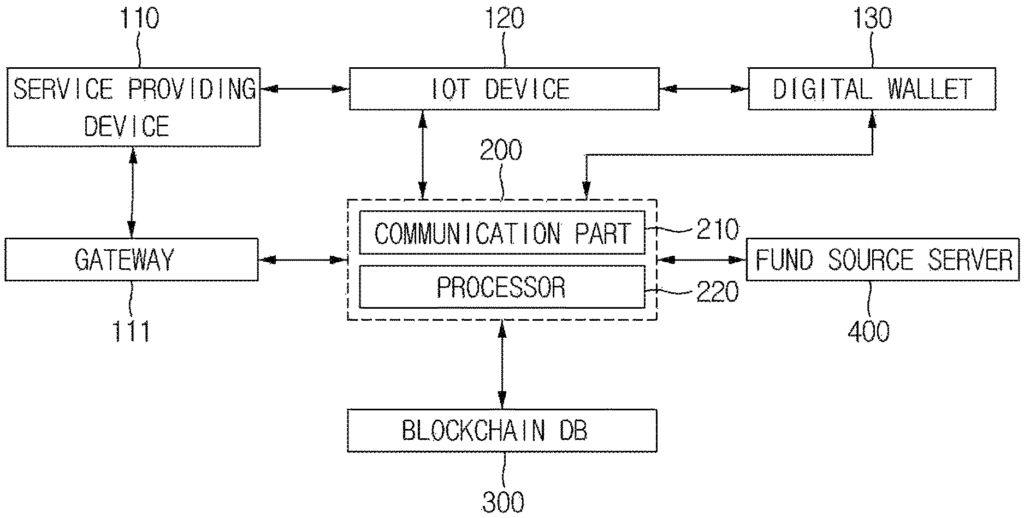
The Coinplug Inc invention works as follows
The method includes the following steps: The method comprises the following steps: (a) a payment-supporting server confirms validity of a billing operation, (b) acquires identification information about the digital device; (c) pays the billing detail by using the digital device. (d) registers its payment result in first blockchain. (e) registers a representative hash in second blockchain.
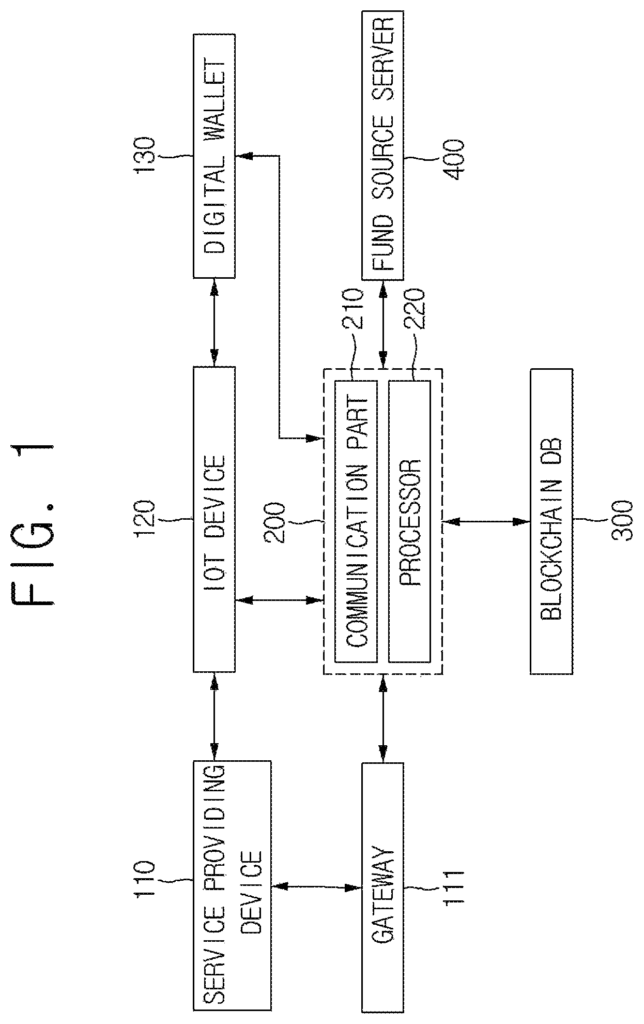
Background for Method of paying the cost of IoT devices based on Merkle tree structure and blockchain related to it, and server, terminal providing service, and digital wallet using same
Internet of Things devices are increasing in number, but their usability has also increased. They can be found in home appliances, healthcare, homecare and homecare, vehicles and transportation, agriculture, construction, the environment, entertainment, energy and food, as well as virtually everywhere else.
In recent years, IoT combined with mobile payment services has increased.
The current payment system for taxi fares is automated and uses a user-device.
However, this conventional technology is based upon the mobile payments service. A user is charged for an IoT cost and pays the cost by using the mobile payments service. In that case, payment is made directly between the service provider’s device and the user’s device.
There is therefore a security risk that the user is unable to pay through their device if they are not registered with the service provider’s payment system, and that the user must provide information in order to make the payment.
The present invention aims to solve the problems mentioned above.
It is also an object of this invention to allow payment without requiring any information about a user.
The present invention also aims to bill directly an IoT device owned by the user.
The present invention also aims to facilitate the efficient management of IoT devices in relation to payment.
The
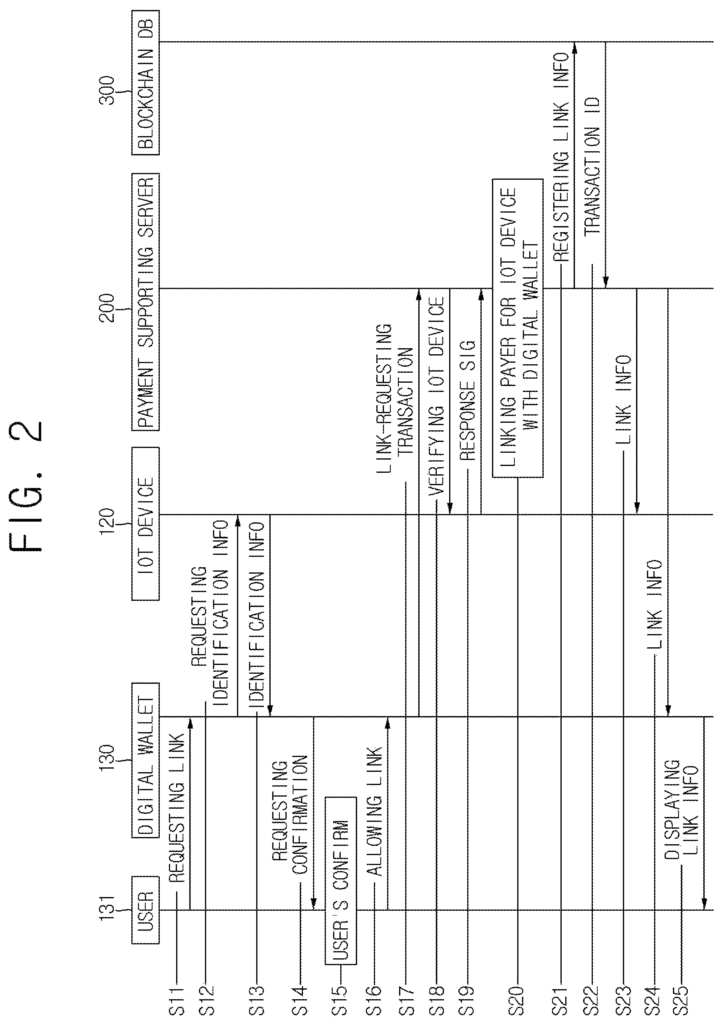
The
The
The
The
The
In addition, recordable medium that is readable by an computer to store a program for executing the method of the invention is also provided.
The drawings accompanying the detailed description show specific embodiments of the invention that can be implemented. The embodiments have been described in enough detail for those who are skilled to use the invention. The various embodiments are not mutually exclusive, despite being different. In other embodiments, for example, the same feature, structure or characteristic that is described in relation to one embodiment can be used without departing the spirit and scope the present invention. It is also understood that individual elements may be rearranged or positioned within each embodiment without departing the spirit and scope. The detailed description that follows is not intended to be limiting, and instead, the scope of this invention is determined by the appended claim(s), interpreted correctly, as well as the full range equivalents which are allowed in the claims. Like numbers refer to functionality that is the same or similar in all views. In the detailed description of the drawing, terms such as ‘first?, “second? etc. are used. “Anonymous values or data are described, but their order is not.
The following will explain in detail the embodiments of the invention that are shown in the attached diagrams to allow those who have the necessary skills to carry out the invention.
FIG. FIG. 1 is a schematic drawing illustrating a system of payment for an IoT (Internet of Things) device according to one example embodiment of this invention. The payment system can include a terminal providing service, or a device providing service, 110, IoT devices 120, digital wallets of users 130, payment supporting servers 200, and fund source servers 400.
First, the device providing the service 110 can be a biller that bills the user for the cost of renting, using, or purchasing a product or service, either online or offline. It may also include a computing device such as a server or terminal from a provider of services. The service providing device 110 can also be a server that corresponds to a bank or product seller. The installation can be a parking area, a tollgate, a movie theatre, etc. but the scope is not limited. It may also include any equipment or installation that the user pays for and uses.
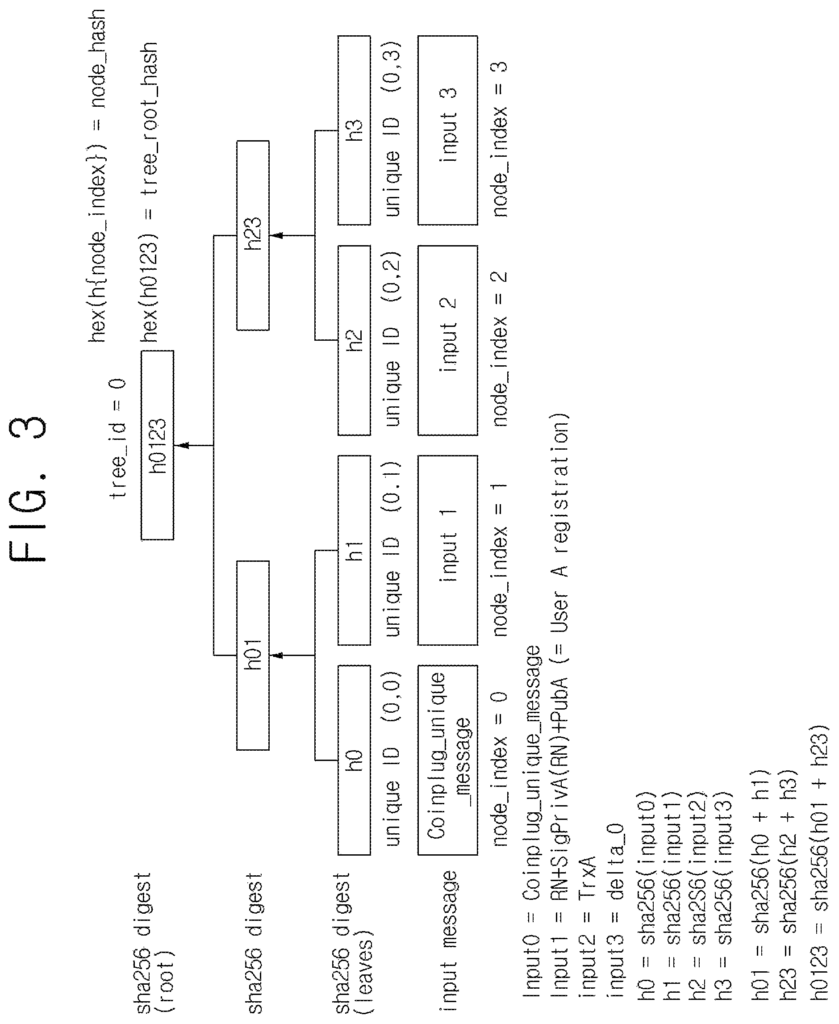
The IoT device may also be a device that uses IoT technology to enable various devices to connect to Internet via embedded sensors and communication functions, and it may pay for the cost of products and services provided by the service providers. The IoT device may be a vehicle or set-top box. It may also include an AMR device (automatic meter reading), advanced metering infrastructure (AMI), smart home electronics and a user’s device. However, the invention is not restricted to these devices and can include any other device that connects to the Internet via IoT technology.
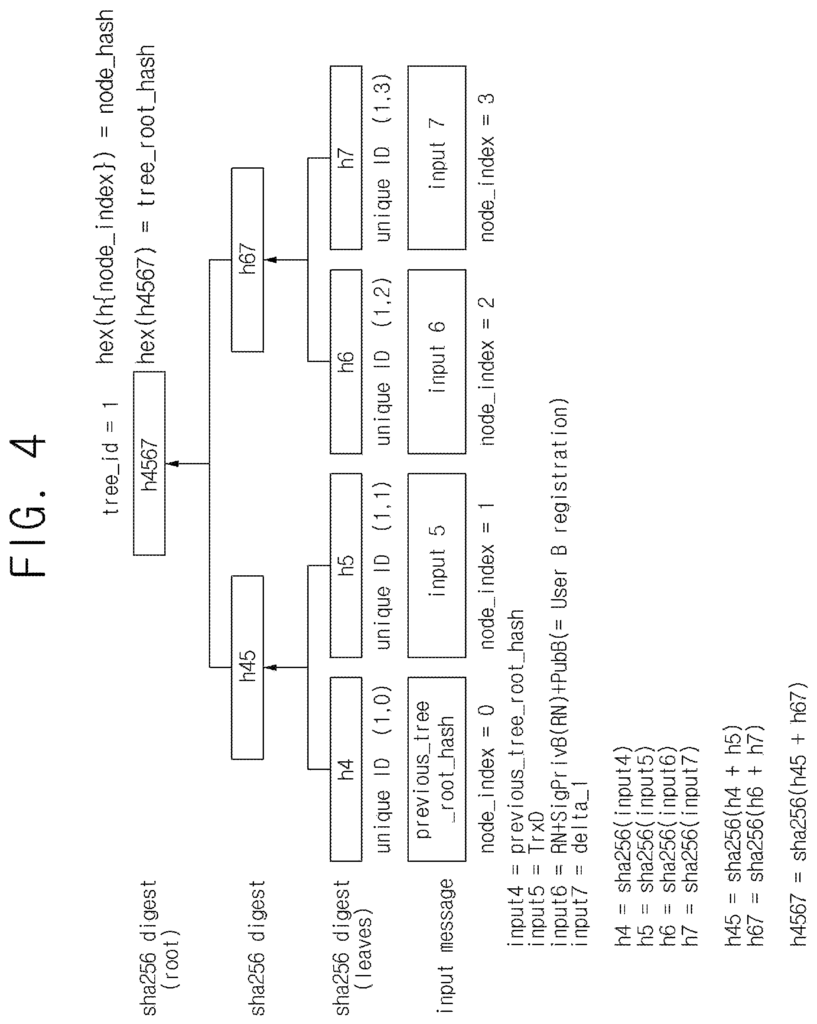
Click here to view the patent on Google Patents.
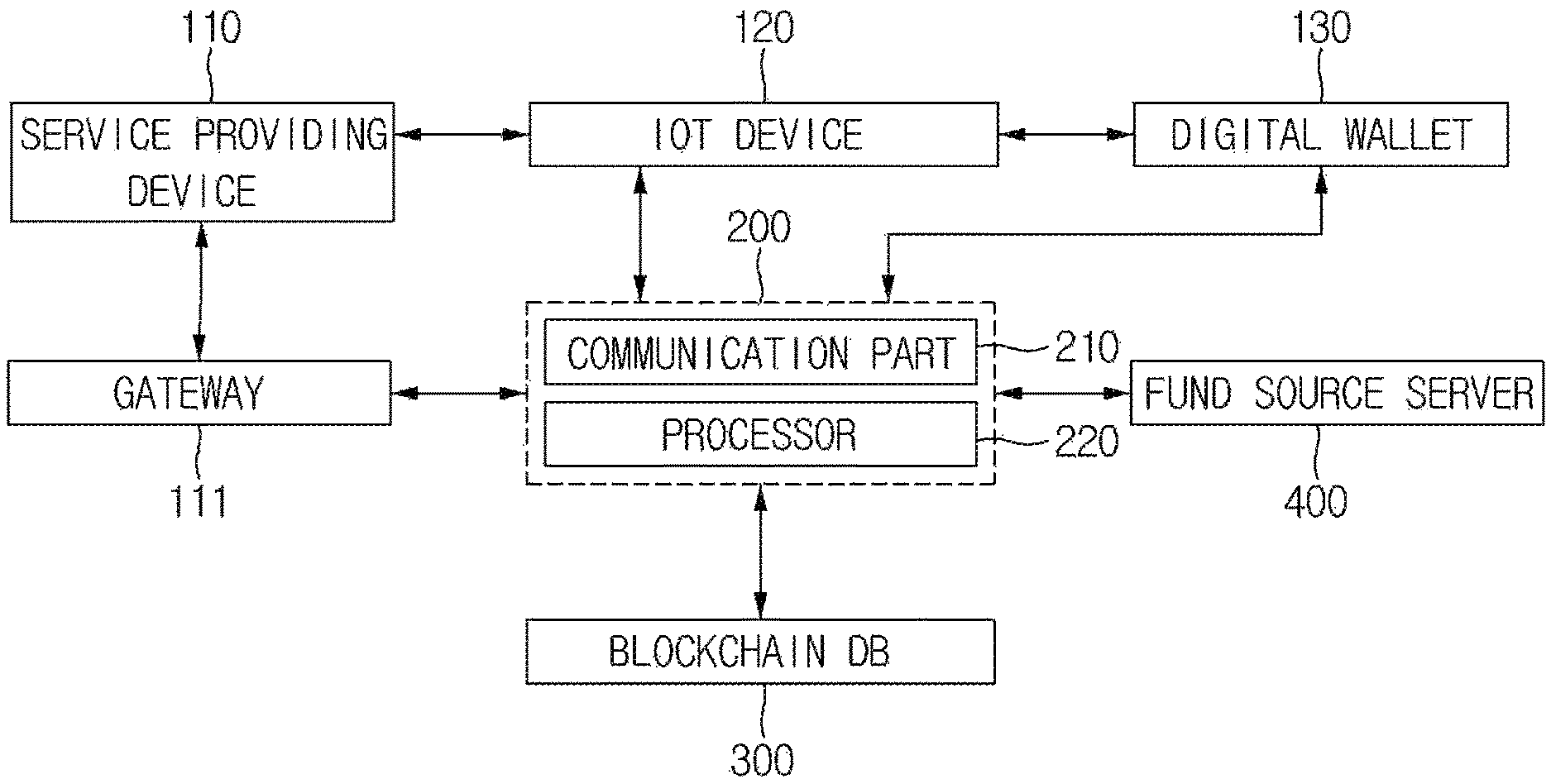
Leave a Reply